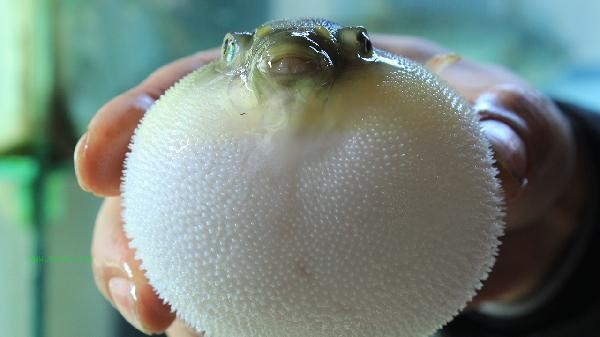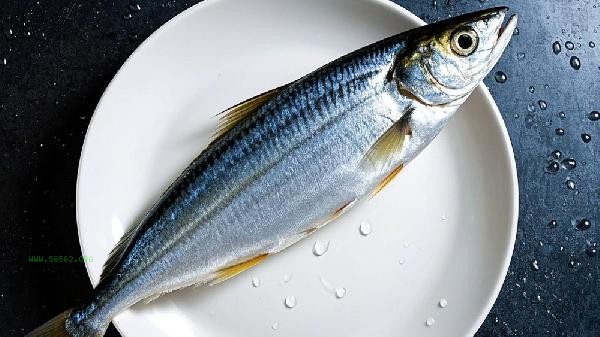There are five main methods for detecting plasma protamine: coagulation method, chromogenic substrate method, immunoassay method, high-performance liquid chromatography method, and mass spectrometry method.
1. Coagulation method:

The coagulation method indirectly determines the content of protamine by observing changes in plasma coagulation time. This method utilizes the binding property of protamine and heparin by adding standard heparin solution to the detection system. Protamine neutralizes the anticoagulant effect of heparin, resulting in a shortened plasma coagulation time. During operation, the temperature should be strictly controlled at 37 ℃± 1 ℃, and fresh sodium citrate anticoagulant plasma should be used. The test results are susceptible to interference from factors such as fibrinogen concentration and platelet count.
2. Chromogenic substrate method:
Chromogenic substrate method is based on the principle of the reaction between protamine and specific chromogenic substances. When testing, plasma samples are mixed with chromogenic substrates, and protamine catalyzes substrate hydrolysis to produce chromogenic products. The absorbance value is measured by a spectrophotometer. The sensitivity of this method can reach 0.1 μ g/ml, with a linear range between 0.5-5 μ g/ml. However, attention should be paid to avoiding interference from hemolytic samples, and the reaction time should be strictly controlled within 10-15 minutes.
3. Immunoassay:

Immunoassay uses anti protamine specific antibodies for detection, including enzyme-linked immunosorbent assay and radioimmunoassay. Quantitative detection through antibody antigen specific binding reaction, with a specificity of over 95%, can detect fish sperm protein in the concentration range of 0.05-10 μ g/ml. Before testing, the plasma sample needs to be diluted 1:10-1:20 to avoid pre band effects, and attention should be paid to excluding interfering substances such as rheumatoid factors.
4. High performance liquid chromatography:
High performance liquid chromatography uses a C18 reverse phase chromatography column for separation and a UV detector for detection at a wavelength of 220nm. This method can distinguish different subtypes of fish sperm protein, with a quantification limit of 0.01 μ g/ml and a linear range of 0.05-50 μ g/ml. The sample needs to be pretreated with acetonitrile precipitation protein, and the mobile phase is a 0.1% trifluoroacetic acid acetonitrile gradient system. The column temperature is maintained at 30 ℃, and the analysis time is about 15 minutes.
5. Mass spectrometry:
mass spectrometry is used to measure the characteristic ion peak of protamine for quantification, and the electrospray ionization tandem mass spectrometry is commonly used. This method has strong specificity and can simultaneously detect multiple isoforms of protamine, with a detection limit of 0.001 μ g/ml. The sample needs to be purified by solid-phase extraction using a multi reaction monitoring mode. Characteristic ions within the range of m/z 400-2000 are selected for analysis, and internal standard calibration can improve accuracy.

It is recommended to take blood on an empty stomach when testing for plasma protamine to avoid high-fat diet affecting the test results. After blood collection, plasma should be separated within 2 hours and stored at -20 ℃ for no more than 1 month. Before testing, it is necessary to understand the patient's medication situation, as heparin treatment can interfere with the test results. Different detection methods have their own advantages and disadvantages. Clinically, appropriate methods should be selected based on the detection purpose, and multiple methods can be combined for verification if necessary. Regularly participate in inter room quality assessment activities to ensure the accuracy of test results.








Comments (0)
Leave a Comment
No comments yet
Be the first to share your thoughts!